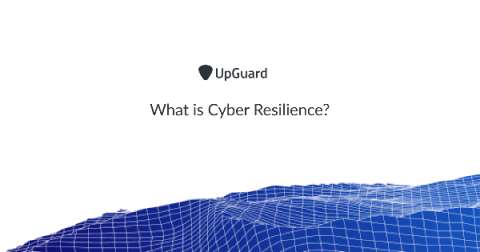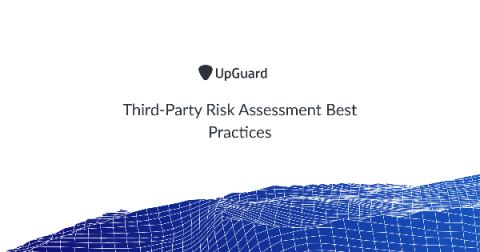What is Cyber Resilience?
Cyber resilience is your ability to prepare for, respond to, and recover from cyberattacks and data breaches while continuing to operate effectively. An organization is cyber resilient when they can defend against cyber threats, have adequate cybersecurity risk management, and can guarantee business continuity during and after cyber incidents.




